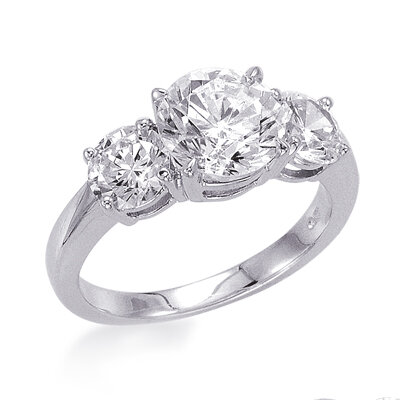Happy Leap Year!
/Every four years, we are gifted an extra day in February – a leap day. This peculiarity of our calendar has sparked various traditions and superstitions across cultures. From marriage proposals to leap day babies, leap years offer a unique lens through which to explore human customs and beliefs.
The concept of a leap year dates back to the ancient Egyptians and Babylonians, who noticed discrepancies between the solar year and the calendar year. Julius Caesar introduced the leap year in 45 BCE with the Julian calendar, adding an extra day to February every four years to synchronize the calendar with the solar year.
In Scotland, there's a tradition that women can propose to men during leap years, particularly on February 29th, known as Bachelor's Day. This custom supposedly dates back to a law enacted by Queen Margaret of Scotland in 1288. Also in Ireland, it's considered lucky to be married during a leap year, and there's a tradition of women proposing to men on February 29th. Social media and popular culture have contributed to the resurgence of leap year proposals, with hashtags like #LeapYearProposal trending on platforms like Twitter and Instagram.
Children born on February 29th, known as leap day babies or leaplings, have a unique birthday that only occurs every four years. Some leap day babies celebrate their birthdays on February 28th or March 1st in non-leap years, while others choose to celebrate on the actual leap day.
Leap years are more than just an adjustment to our calendar; they're a reflection of our cultural beliefs and traditions. Whether it's the superstitions surrounding marriage proposals, the uniqueness of leap day birthdays, or the diverse celebrations around the world, leap years offer a fascinating glimpse into the human experience of time and tradition. As we embrace each leap year, let's remember the significance of this quirky phenomenon and the rich tapestry of customs it brings to light.







